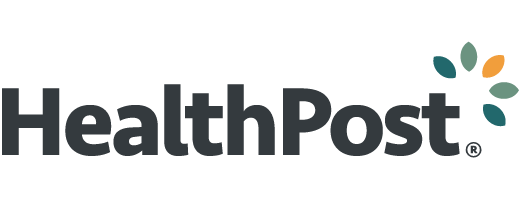The Maybe Baby® Easy Ovulation Tester is an easy to use, reusable mini-microscope that helps you identify your most fertile days - the ideal time to conceive (or to help you gauge when best to avoid pregnancy).
How does it work?
The Maybe Baby® Easy Ovulation Tester is a mini-microscope that shows the link between oestrogen and the salt levels in your saliva. As ovulation approaches, your oestrogen levels increase and this increases the salinity (salt levels) of your saliva.
When dried saliva is viewed under a microscope, the crystallised patterns that are formed by increased salt levels are different from patterns which form when salt (and oestrogen) levels are low.
The mini-microscope has a 52x power magnification lens. By monitoring your saliva every day and comparing the image of your dried saliva in the viewfinder, you can determine your most fertile days.

- At the beginning of your cycle oestrogen levels are low and your Maybe Baby® Easy Ovulation Tester will show a pattern of pebbles or dots.
- As you approach ovulation oestrogen levels begin to rise and a transitional pattern of ferns and pebbles/dots will be visible.
- Around ovulation, oestrogen levels peak and a distinctive 'fern' pattern will be visible.
- After ovulation, as oestrogen levels fall, a transitional pattern or a pattern of pebbles/dots will be visible again.
-
Please note: the above diagram is based on a typical 28 day cycle. Every woman is unique and your cycle may vary in length and can be different from month to month. Using the Maybe Baby® Easy Ovulation Tester is no guarantee of either achieving or avoiding pregnancy - but it is a great tool to help you understand your cycle, more fertile and less fertile days.
Understanding Ovulation
Ovulation is your window of opportunity for conception. It's the once-monthly release of an egg from your ovary and the best time to try and make a baby. The tricky part is that ovulation can vary from month to month (even in the same woman), making it hard to predict.
Every woman is unique with a cycle that may vary in length and can be different from month to month. By tracking your cycle you can better understand when you will be in the ovulation phase and are more likely to conceive.
Download the Maybe Baby Fertility Chart to easily record your daily readings.
If you have a regular cycle you can use the table below as a guide to identify when you are most likely to ovulate. This is a general guide only and some women find that they ovulate earlier or later than this period.

For those women with a regular cycle, an easy way to approximate the ovulation period is to subtract 16 from the number of days in your cycle and then add 4. For example, if you have a 28 day cycle, 28 – 16 = 12 (+ 4 = 16), Therefore you are most likely to ovulate between days 12 and 16 of your cycle.
The Maybe Baby® Easy Ovulation Tester may help you identify your ovulation phase as distinctive ‘fern’ patterns may be seen.
The above info is a guide only. All women are different and there are no products available that can guarantee success in achieving pregnancy. The Maybe Baby® Easy Ovulation Tester has been designed to assist in conception; however, it may not be suitable for everyone. Speak to your healthcare professional for more advice.



